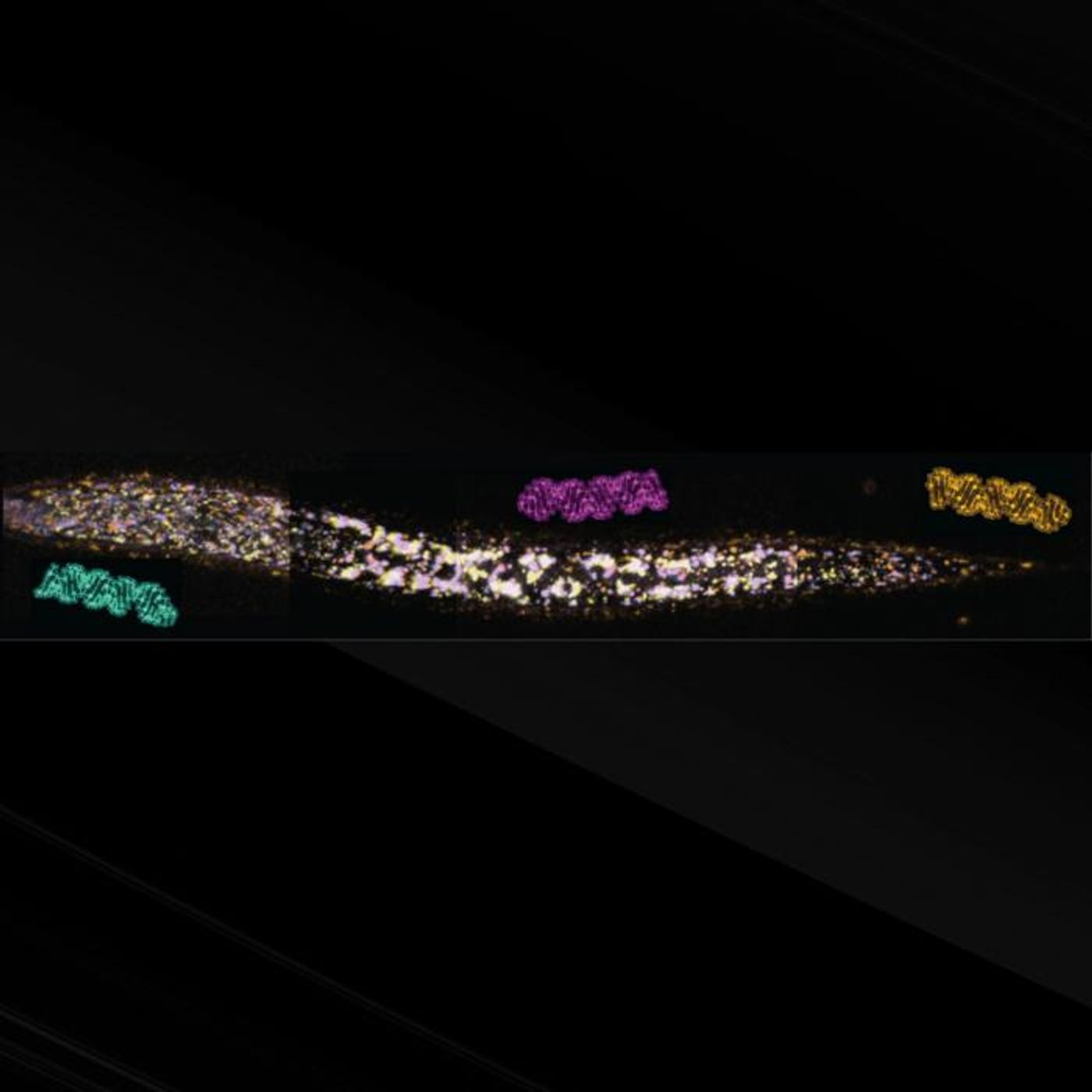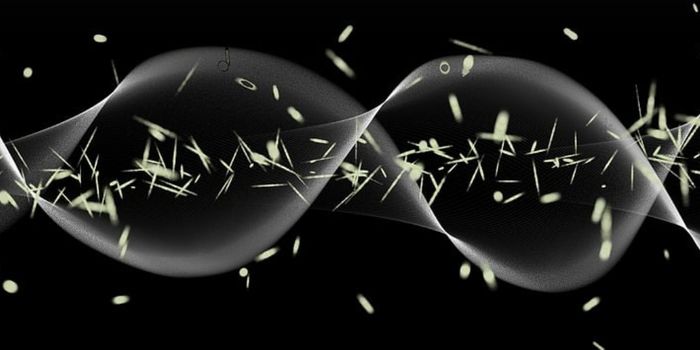RNA Can be Passed Down for Generations
There are many molecules with therapeutic potential, but it can be a challenge to deliver them to the right places at the right times. RNA is one such molecule; the sequences for different proteins can be encoded into RNA; RNA-based vaccines have been shown to be safe and effective in a variety of situations; and RNA molecules can target and silence specific genes. But RNA still has to get to the right place to have a therapeutic effect.
Researchers have found that double stranded RNA molecules can be passed down from one generation to another, and they can do so through multiple pathways. These findings, which were reported in eLife, may help scientists create novel drug delivery methods for RNA-based medicines.
In this study, the investigators determined that a protein called SID-1 can help control how dsRNA is transferred, and can help regulate gene expression across generations. When the scientists deleted the SID-1 protein from a roundworm model, they found that genes were transferred to offspring more efficiently, a change that continued for more than 100 more generations, even when SID-1 expression was restored.
“Our findings challenge previous assumptions about RNA transport,” said senior study author Antony Jose, an associate professor at the University of Maryland. “We’ve learned that RNA molecules can carry specific instructions not just between cells but across many generations, which adds a new layer to our current understanding of how inheritance works.”
People carry proteins that are similar to SID-1, noted Jose. “Understanding SID-1 and its role has significant implications for human medicine. If we can learn how this protein controls RNA transfer between cells, we could potentially develop better targeted treatments for human diseases and perhaps even control the inheritance of certain disease states.”
In this study, the scientists also showed that a gene known as sdg-1 can help control genetic sequences called transposons or jumping genes. These sequences can easily move around the genome and alter DNA sequences, sometimes in positive and sometimes in negative ways. But sdg-1 is also found within a jumping gene, creating a kind of self-regulating cycle that may help prevent undesirable alterations.
“It’s fascinating how these cellular mechanisms maintain this delicate balance, like a thermostat keeping a house at just the right temperature so it isn’t too warm or too cold,” said Jose. “The system needs to be flexible enough to allow some ‘jumping’ activity while preventing excessive movements that could harm the organism.”
This work may help us learn more about how gene expression and stability in the genome can be regulated across generations.
“We’re just scratching the surface,” added Jose. “What we discovered is just the beginning of understanding how external RNA can cause heritable changes that last for generations. This work will help scientists better understand how to design and deliver RNA-based medicines to patients more effectively.”
Sources: University of Maryland, eLife









